The phenomenon of tongue tie, medically termed as ankyloglossia, has been a subject of concern and curiosity for centuries. Tongue tie occurs when the thin piece of tissue, the lingual frenulum, restricts the movement of the tongue. This condition, often present from birth, can affect an individual’s ability to perform basic functions involving the tongue, such as speaking, eating, and even breathing. However, the evolution of medical understanding and advancements in technology have led to a procedure known as tongue tie release, offering newfound freedom and improved quality of life for those affected.
Understanding Tongue Tie
Tongue tie, although relatively common, can vary in its severity. The lingual frenulum, the small tissue connecting the underside of the tongue to the floor of the mouth, might be unusually short, thick, or tight, limiting the tongue’s range of motion. This restriction can result in difficulties with breastfeeding for infants, speech impediments for children and adults, and challenges in maintaining proper oral hygiene.
Signs and Symptoms
Identifying tongue tie involves recognizing various signs and symptoms, including:
- Difficulty latching and breastfeeding in infants
- Speech difficulties like lisping, difficulty articulating certain sounds, or persistent speech issues in children and adults
- Challenges in licking, moving the tongue freely, or reaching the roof of the mouth
- Dental issues, such as a gap between the bottom front teeth or gum recession due to improper tongue posture
Tongue Tie Release: The Procedure
Tongue tie release, or frenotomy, involves a relatively straightforward procedure aimed at freeing the tongue’s movement. Typically performed by a medical professional, such as an ENT specialist or a pediatric dentist, the procedure can be done with local anesthesia for infants and children, while adults might require general anesthesia.
Using specialized instruments, the practitioner carefully cuts or releases the tight or thickened frenulum, allowing for increased mobility of the tongue. This quick and minimally invasive procedure often results in immediate improvement in tongue movement and function.
Post-Procedure Care and Recovery
Following a tongue tie release, proper post-operative care is essential for optimal healing and recovery. This may include:
- Gentle exercises to promote tongue mobility
- Maintaining good oral hygiene to prevent infection
- Monitoring feeding for infants to ensure improved latch and breastfeeding
- Following specific dietary instructions if necessary
The Road to Freedom
The impact of tongue tie release can be life-changing. For infants, it can lead to improved breastfeeding and better weight gain. In children and adults, it opens the door to enhanced speech clarity, improved oral hygiene, and reduced dental issues. Additionally, it can alleviate discomfort or pain associated with restricted tongue movement.

Conclusion
Tongue tie release stands as a testament to medical advancements offering relief and liberation for those affected by ankyloglossia. By understanding its signs, opting for timely intervention, and embracing proper post-operative care, individuals can experience a newfound freedom in their ability to speak, eat, and live comfortably.
As awareness grows and technology advances, the journey toward freeing individuals from the constraints of tongue tie continues to evolve, promising a brighter, unhindered future for those affected by this condition.



